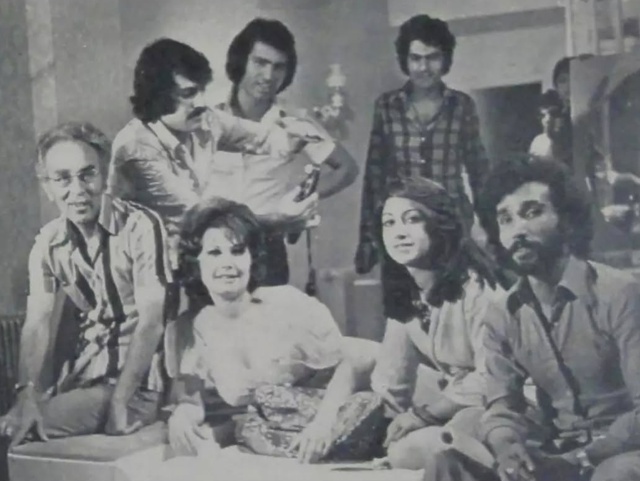Leila’s early days as a singer were filled with energy and optimism. The 1970s were a golden era for Iranian pop music — a time when traditional Persian melodies fused with Western influences like jazz, funk, and disco. Young people filled nightclubs, television programs showcased glamorous singers, and Tehran’s music scene was alive with creativity. It was in this vibrant atmosphere that Leila’s voice began to shine. Her early songs displayed not only technical skill but emotional storytelling. Her performances were dynamic, her diction elegant, and her connection with the audience magnetic.
She wasn’t just singing notes — she was conveying stories. Songs of love, heartbreak, hope, and the spirit filled her repertoire. Each performance showed a glimpse of a young woman who understood both the fragility and strength of emotion. When Leila left, she left behind not only her home but also the stage where she had first been celebrated. Yet exile became both her greatest challenge and her greatest source of inspiration. Arriving in Los Angeles, known as “Tehrangeles” among Iranians, she found herself surrounded by fellow exiled artists — singers, musicians, filmmakers — all trying to keep Persian culture alive far from home.


